 µSR
µSR

an Introduction by
Jess H. Brewer
Canadian Inst. for Advanced Researchand Dept. of Physics & Astronomy,
Univ. of British Columbia, Vancouver, BC, Canada V6T 1Z1
This page is under construction at /intro/musr/intro.htm
 µSR
µSR

Parity Violation and Muons
(why it works in the first place)
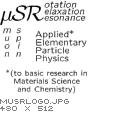
|
The acronym ``µSR'' and its historical origins. |
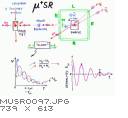
|
A cartoon version of the basic method most commonly employed in µSR |
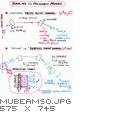 Muon Beams
Muon Beams

|
Conventions for labelling the coordinates in µ+SR experiments using surface muons. |
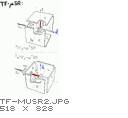
|
Sketch of
xTFz-µ+SR
and
zwTFx-µ+SR
experimental geometries.
TF-µ+SR can be applied to various types of measurements. |
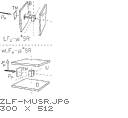
|
Sketch of LFz-µ+SR
and wLFx-µ+SR
experimental geometries.
LF-µ+SR and (by extension to zero field) ZF-µ+SR have somewhat different applications from TF-µ+SR. |
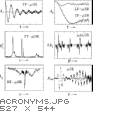
|
Brewer's Official List of µSR Acronyms:
We have seen TF-µSR, LF-µSR and ZF-µSR above. FT-µSR stands for Fourier Transform µSR in which a time spectrum is numerically translated into a frequency spectrum. µALCR stands for muon Avoided Level-Crossing Resonance, in which the Zeeman splitting of the muon spin in an applied longitudinal field matches an energy splitting in some other spin system, which can then exchange polarization with the muons. RF-µSR stands for Radio Frequency [a broad definition] muon spin resonance, in which transitions of the muon spin are induced by absorbing photons of the right frequency. µSE stands for muon Spin Echo, a more challenging resonance technique that is widely used in NMR but has so far seen only limited applications in µSR. (Why?) |